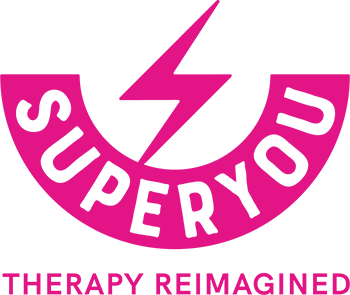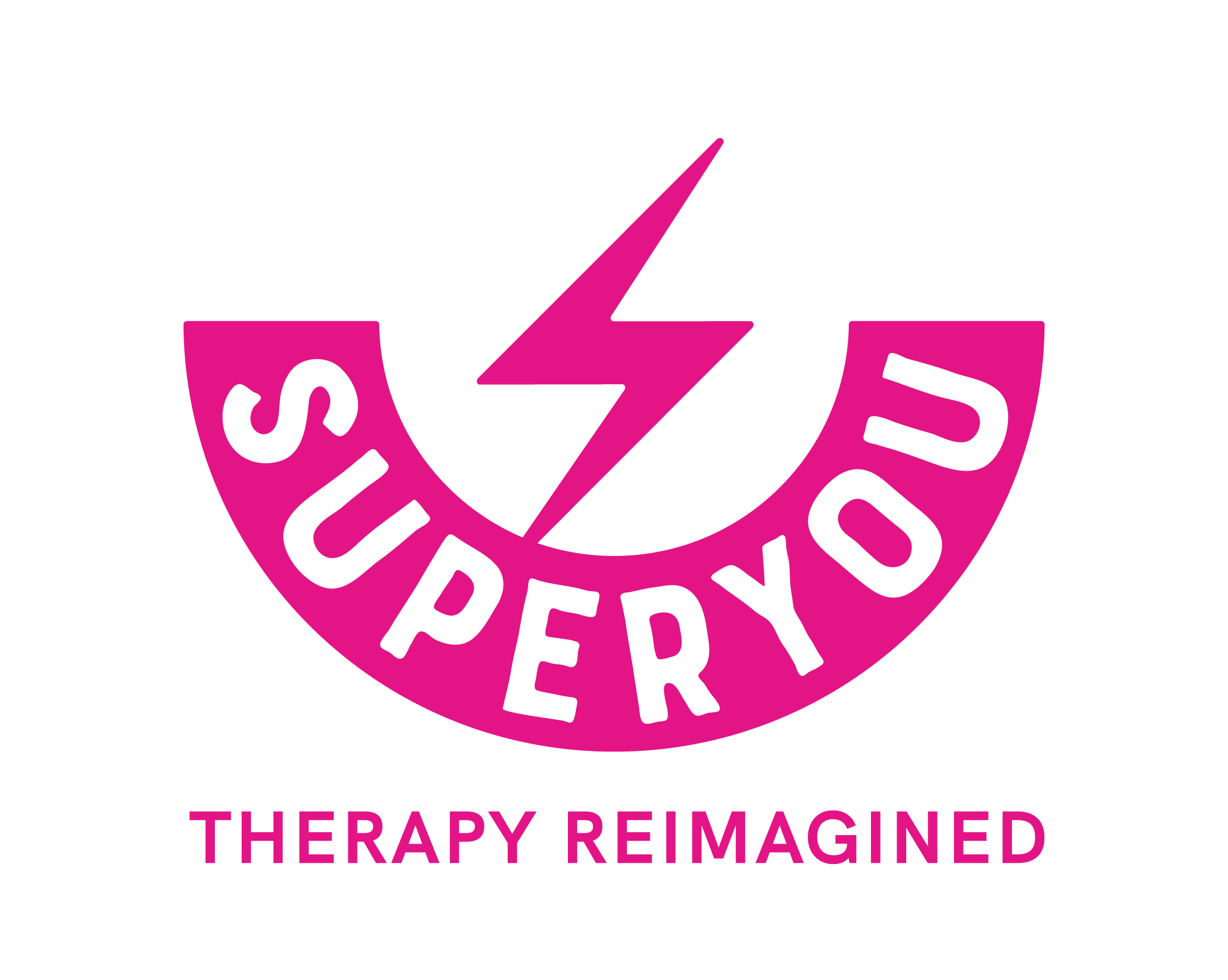By Kate Purslowe
Through my 10-year career as an Occupational Therapist, there have been many occasions where a client has come to me, with a catalogue for a piece of equipment and asked, “will this work for me?” and my answer has sometimes been, “I don’t know”.
How frustrating, my clients must say! How come that OT who prescribed the same piece of Assistive Technology to someone else won’t tell me if its right for me?
I can empathise with my clients. It sounds so simple to do, right? When trying to explain the nuances of Assistive Technology prescription, and why it is more difficult than simply yes or no, I like to use the analogy of buying a pair of jeans.
There is a lot to consider when buying a pair of jeans. If the jeans are cheap, you might purchase without trying them on, because it’s easy to replace them if they don’t fit. If they are more expensive, you’ll put a bit more thought into whether you like them, they suit you, if they fit, and if they make you look good!
While purchasing Assistive Technology is a little more complicated than buying a pair of jeans, the same basic principles apply. There are so many factors that impact whether an Assistive Technology prescription will work for you, especially AT that is mid-high cost or considered high risk under the NDIS.
Much like when you consider what type of jeans you are going to buy based on where you want to wear them, when I work with a client or family exploring Assistive Technology, I try to understand all the different situations where the AT will be needed. This helps me choose the right Assistive Technology prescription to meet my client’s goals while also fulfilling NDIS requirements.
In every case, I aim to approach Assistive Technology prescription through co-design, working with clients and their care givers to build skills and capacity to explore AT options as a collaborative team.
So, after you’ve done all that work to research the most appropriate piece of AT (or the perfect new pair of jeans!), the best way to know if something is going to work for you is to trial the Assistive Technology.
Remember: A piece of AT which sounds perfect on paper, may not be perfect for you and your needs!
Having an Occupational Therapist involved in exploring and prescribing the right Assistive Technology will ensure the piece of AT works for you now and into the future.
And while I can guarantee our OT’s at Superyou will be dedicated to delivering the best result for you, I can’t guarantee their fashion sense to select the most on-trend jeans!
NDIS Assistive Technology at a Glance
| Low-Cost Assistive Technology | Mid-Cost Assistive Technology | High-Cost Assistive Technology | |
| Purchases | >$1,500 | $1,500-$15,000 | >$15,000 |
| Budget | Core Budget (Consumables) | Capital Budget | Capital Budget |
| Requirements | Does not require written advice from an AT advisor/assessor (but can be useful) | Written advice from an AT advisor is needed. Funding for AT advisors or AT Assessors can be found in Capacity Building budget. | Requires an Assistive Technology Assessment – funding for AT Assessor (OT) to complete this is found in the capacity building budget. |
| Examples | – Shower chairs – Tap turners |
– Beds – Hoists – Some powered wheelchairs |
– Powered wheelchairs |
*AT that is considered high risk (e.g., Powered wheelchairs, bed poles) will require an AT assessment no matter the cost of the item.
Check out the Assistive Technology guidelines page on the NDIS website .


